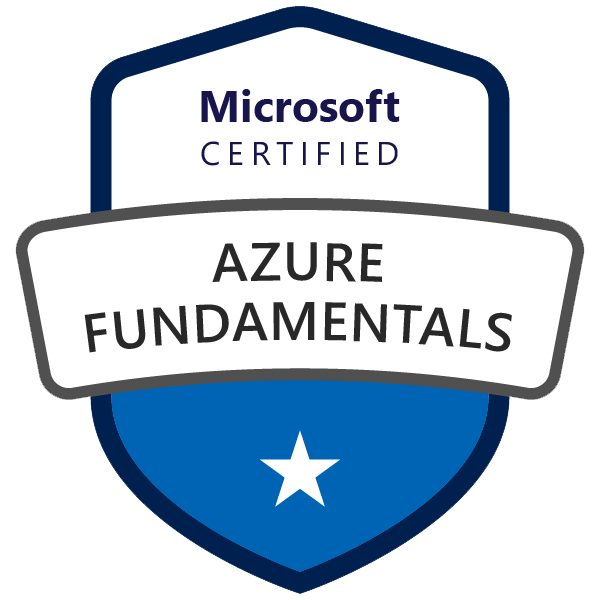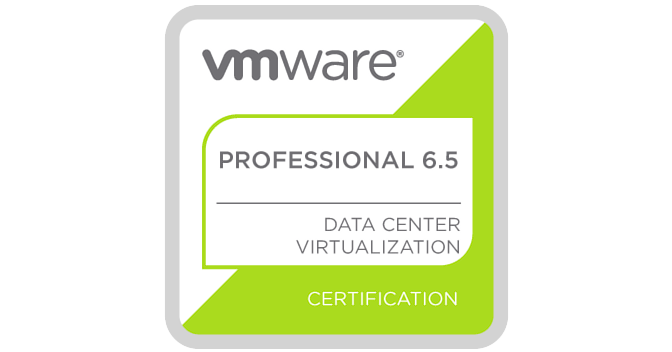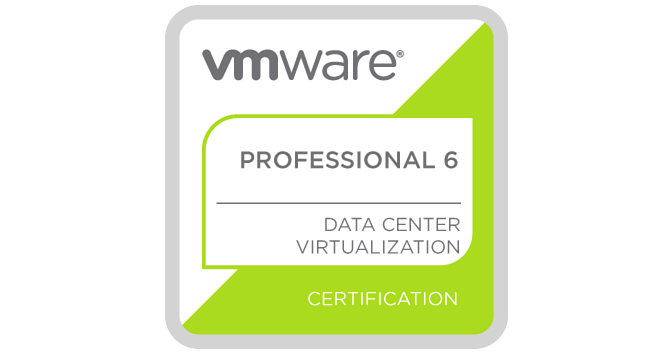Migrating your on-premises SQL Server database to Azure SQL Database can be a complex and time-consuming process. The Data Migration Assistant (DMA) tool is a popular choice for simplifying this process, but it may not always utilize all available resources during migration. In this blog post, we will discuss the common factors that can impact DMA performance and provide a step-by-step guide to troubleshooting and optimizing your SQL database migration.
Assess DMA Tool Performance
The performance of the DMA tool itself can be a bottleneck during the migration process. Ensure that the machine running the DMA tool has sufficient hardware resources, including CPU, memory, and network bandwidth. Keep in mind that the DMA tool is sensitive to network latency, so it's essential to maintain a fast and stable connection between your on-premises environment and Azure.
Improve Network Latency and Bandwidth
Network latency and bandwidth play a crucial role in the migration process. A slow or unstable connection can significantly impact the DMA tool's performance. Consider using Azure ExpressRoute or Azure VPN Gateway to establish a dedicated, high-performance connection between your on-premises environment and Azure. Additionally, monitoring network performance during migration can help you identify and resolve any bottlenecks.
Optimize DMA Tool Settings
The DMA tool offers several settings that can be tuned to improve performance. These settings include batch size, data movement concurrency, and command timeout. Experiment with different values for these settings to find the optimal configuration for your specific environment. Keep in mind that increasing concurrency can increase resource utilization, but it may also lead to network or resource contention.
Evaluate Source and Target Database Performance
The performance of both the source on-premises SQL Server and the target Azure SQL Database can impact the migration process. Ensure that both databases have adequate resources (CPU, memory, storage, and IOPS) to handle the migration workload. Monitor the performance metrics of both databases during the migration process to identify any potential bottlenecks and adjust resources accordingly.
Schedule Migration During Low-Activity Periods
Running migration during periods of high database activity can lead to resource contention and slow down the migration process. It's best to schedule the migration during a maintenance window or a time when database activity is minimal. This will ensure that the DMA tool has maximum access to resources, resulting in a faster and more efficient migration.
Conclusion
In conclusion, optimizing and troubleshooting the SQL database migration with the DMA tool involves a combination of strategies, including assessing tool performance, improving network latency, optimizing DMA settings, evaluating database performance, scheduling migration during low-activity periods, and managing indexes and constraints. By following these steps and monitoring your migration process closely, you can ensure a smooth and efficient migration to Azure SQL Database.
SEO Keywords: SQL Database Migration, Data Migration Assistant, DMA tool, Azure SQL Database, Troubleshooting, Optimization, Performance, Network Latency, Indexes, Constraints, Resource Utilization
















